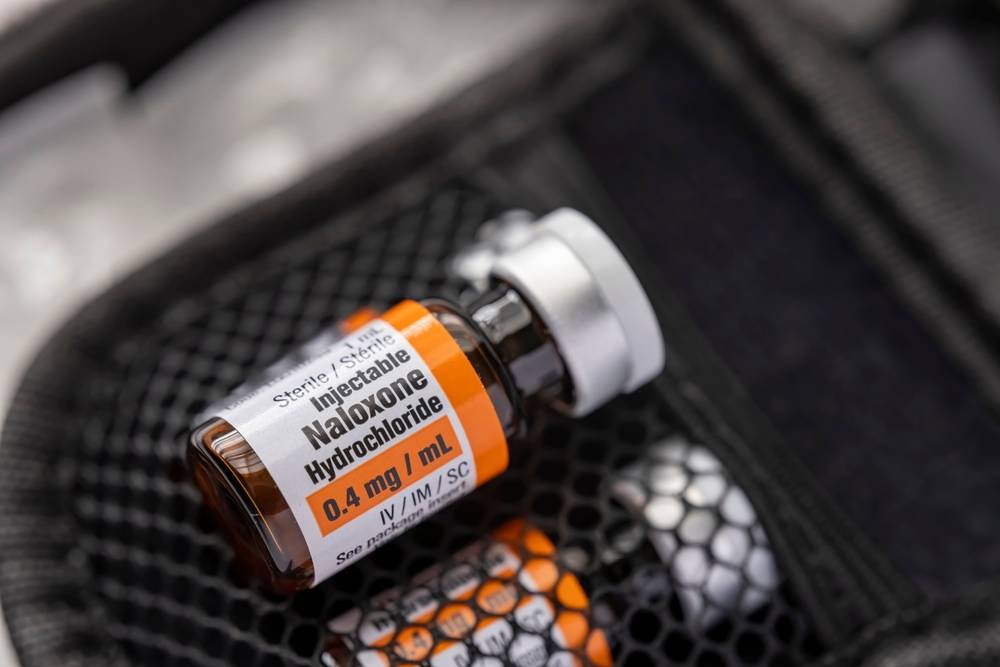Why do men and women experience pain differently? New research shows distinct biological pathways may hold the answer.
In a study by the University of California San Diego, researchers discovered that men and women rely on separate systems to manage pain relief, with men using opioid-based mechanisms and women relying on non-opioid pathways.
This finding may explain why women experience higher rates of chronic pain and often respond less effectively to opioid treatments.
“There are clear disparities in how pain is managed between men and women, but we haven’t seen a clear biological difference in the use of their endogenous systems before now,” noted Dr. Fadel Zeidan, lead researcher on the study.
How Men and Women Use Different Pain Relief Mechanisms
Researchers found that men and women activate separate biological pathways to manage pain, leading to unique pain relief experiences for each sex.
Men primarily activate endogenous opioids — the body’s natural painkillers — to relieve pain. Women, however, rely on alternative pathways that do not involve opioids. This difference explains why opioid-based treatments, which mimic endogenous opioids, often prove less effective for women.
Read also: Learn How to Combat Gender Bias in Healthcare
Opioids’ Limited Effectiveness for Women
Research into how men and women experience pain differently sheds light on why opioid-based treatments often fall short for women. These drugs bind to receptors in the body’s opioid system, making them powerful. At the same time, this also increases risks of dependence and addiction.
Since women rely on non-opioid pathways for pain relief, opioids may not effectively engage their primary pain management systems, leading to reduced relief.
Dr. Zeidan explains, “Maybe one reason that females are more likely to become addicted to opioids is that they’re biologically less responsive to them and need to take more to experience any pain relief.”
This lower sensitivity limits opioids’ effectiveness for women and can lead to increased dosing over time, raising the risk of dependency.
Naloxone and Pain Response
The study examined differences in pain experiences between men and women through meditation-based pain relief. Researchers conducted trials with 98 participants, including healthy individuals and those with chronic lower back pain.

Each participant received meditation training before testing. During the tests, they either received a placebo or naloxone, a drug that blocks the opioid system, while exposed to painful heat.
When researchers blocked the opioid system with naloxone, men experienced reduced pain relief during meditation. This illustrates their dependence on opioid-based mechanisms.
In contrast, women experienced increased pain relief, pointing to alternative pathways.
The Role of Non-Pharmacological Approaches
The study’s findings on meditation-based pain relief point out an important and underappreciated tool in chronic pain management: non-drug therapies. Even with the body’s opioid system blocked, meditation-based pain relief remained effective for women, suggesting that mindfulness taps into the alternative pathways that women are more inclined to rely on.
This insight places mindfulness and similar practices at the centre of a broader conversation on drug-free pain management.

Although often seen as supplementary, non-drug approaches like physical therapy, and cognitive behavioural approaches may be key to managing pain effectively. This is especially true for populations where conventional treatments fall short.
Read more: Can Virtual Reality Reduce Pain Levels?
The hope is that these tools gain recognition as primary and viable options for relief. As healthcare evolves to meet diverse needs, integrating these methods could help shape a pain management model that respects how men and women uniquely experience pain.
A Call for Sex-Specific Therapies
As evidence mounts that men and women experience pain differently, a study highlights the need to rethink pain management.
These findings point to the potential for sex-specific pain management therapies. By aligning treatments with each gender’s unique biological pain pathways, we may improve pain relief outcomes and reduce reliance on opioids.
Dr. Zeidan and his team emphasised: “This study provides the first clear evidence that sex-based differences in pain processing are real and need to be taken more seriously when developing and prescribing treatment for pain.”

